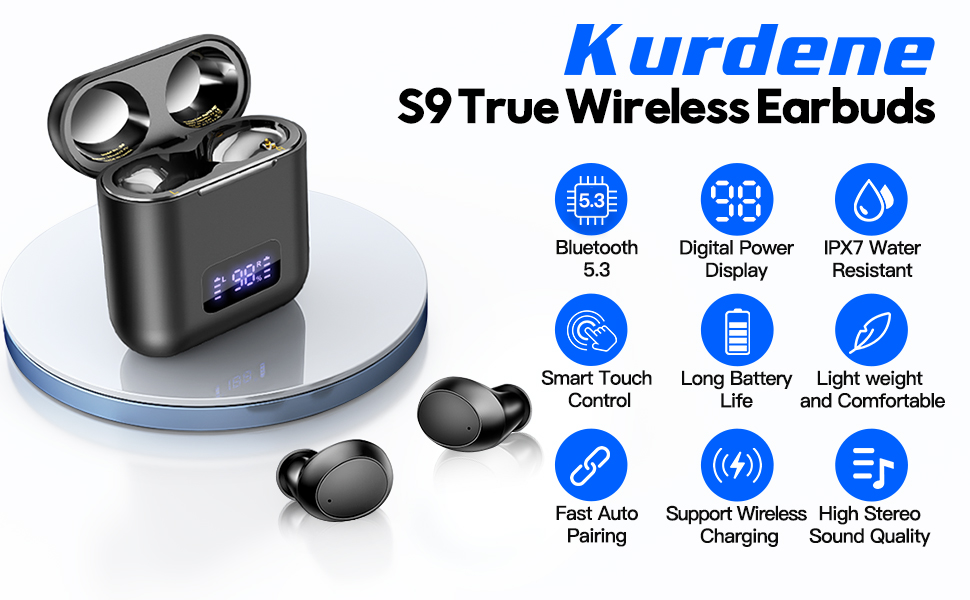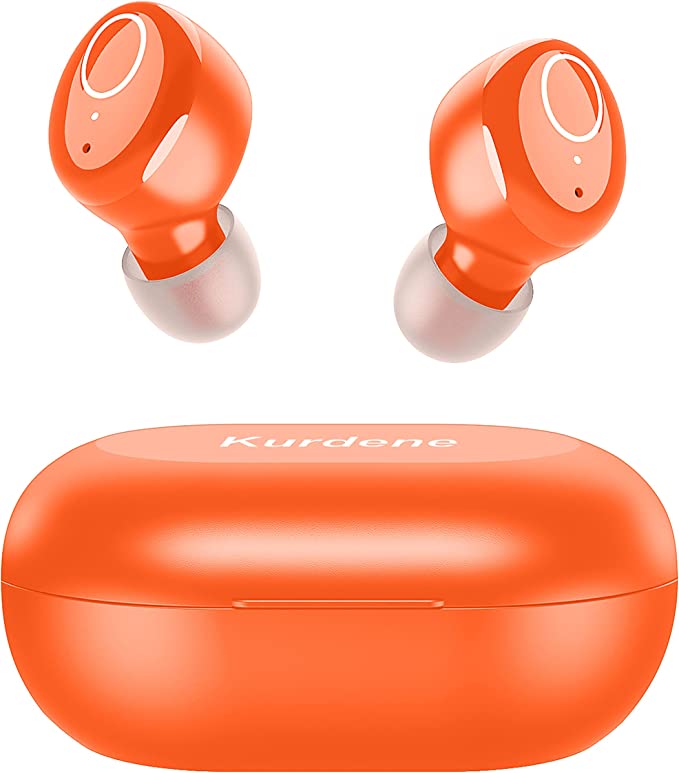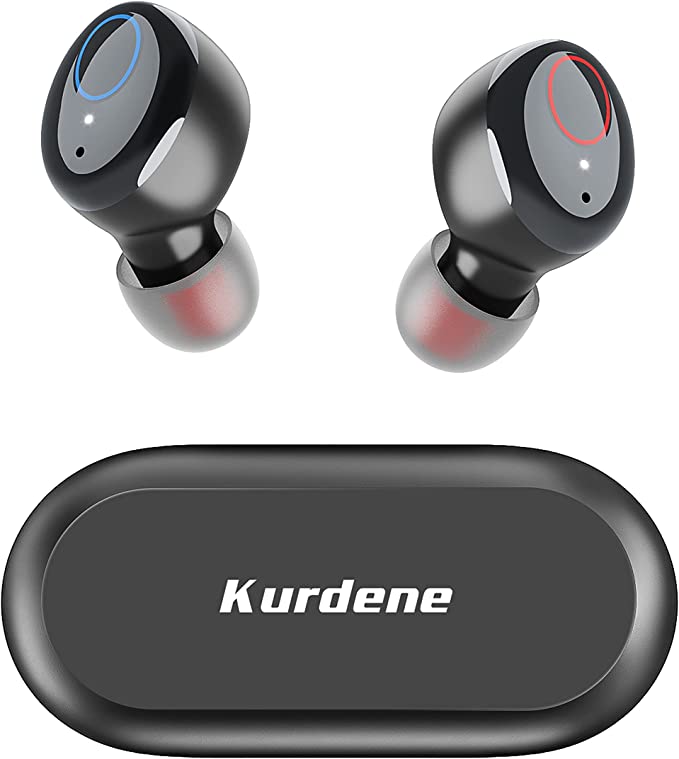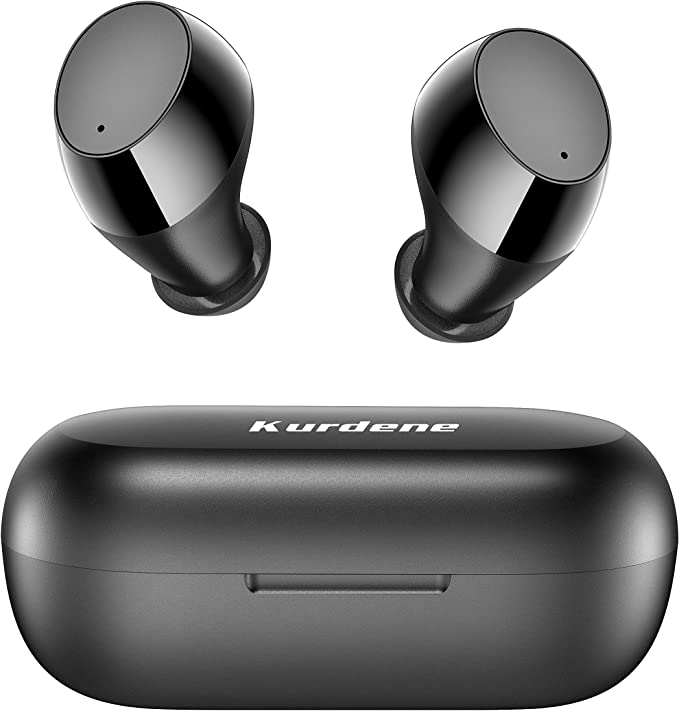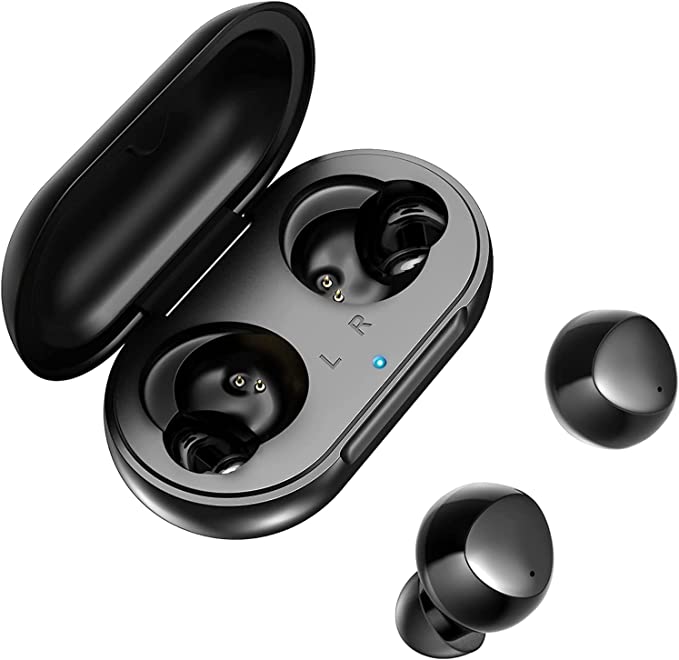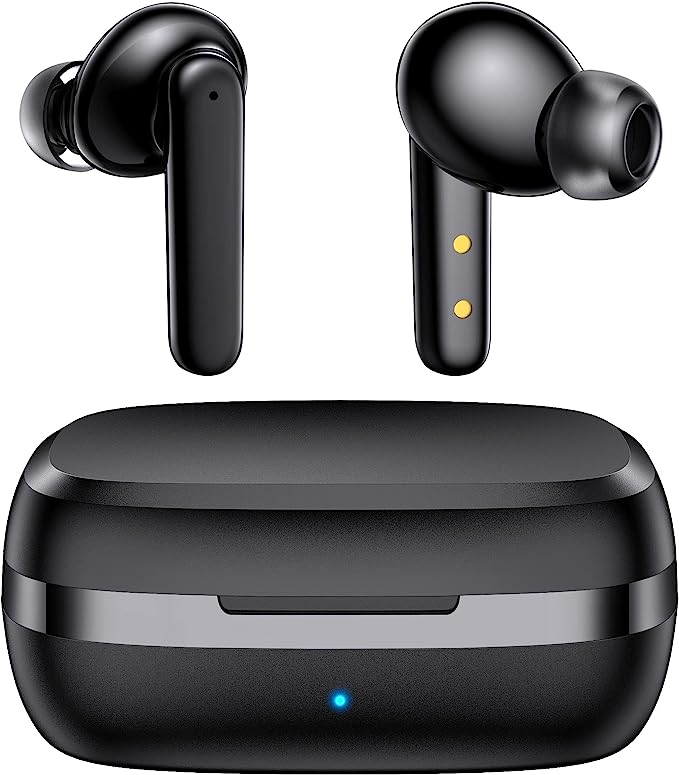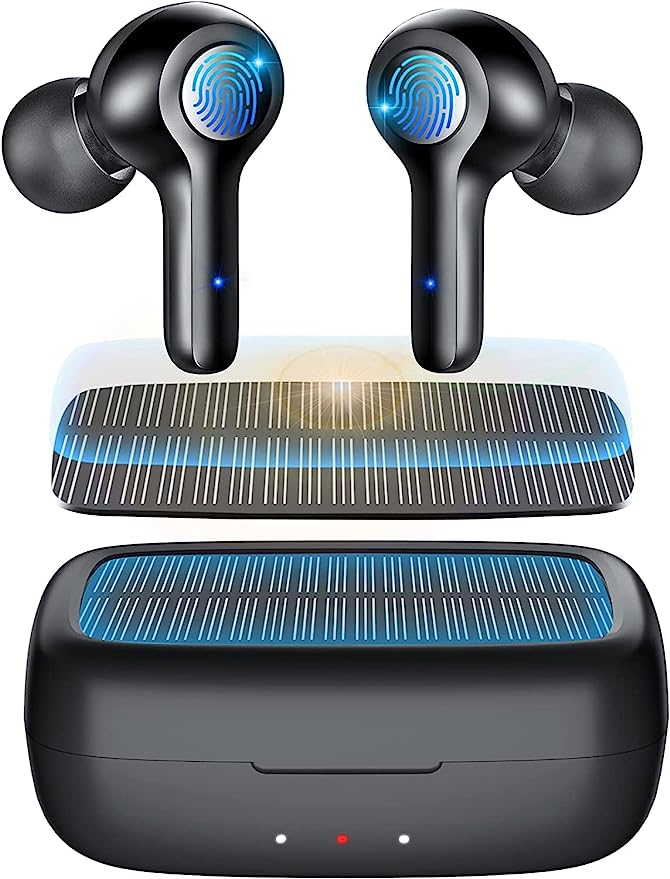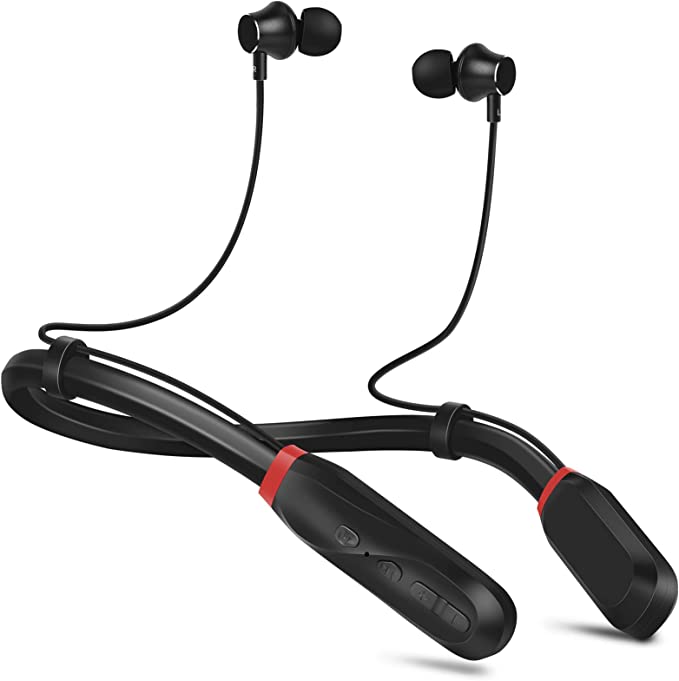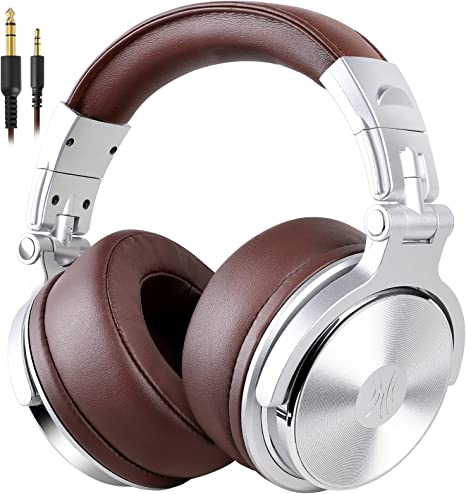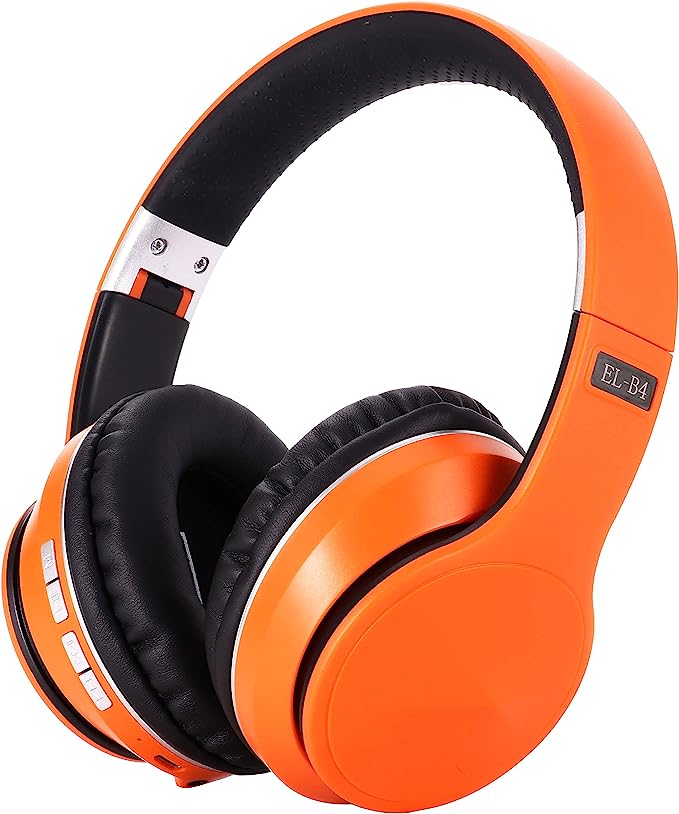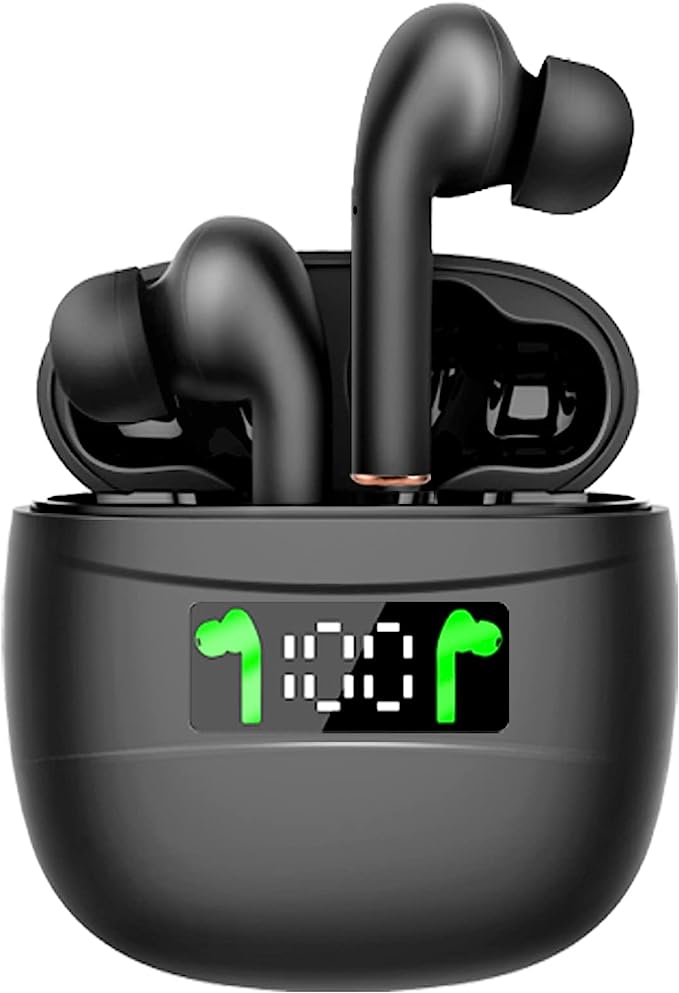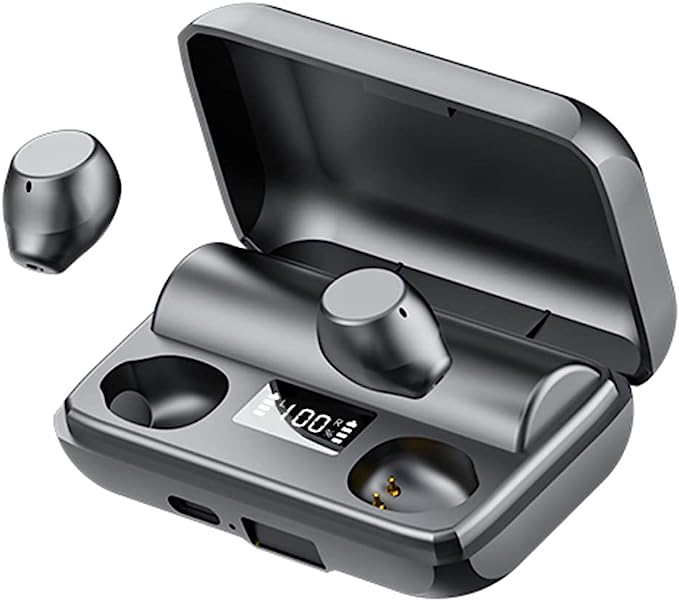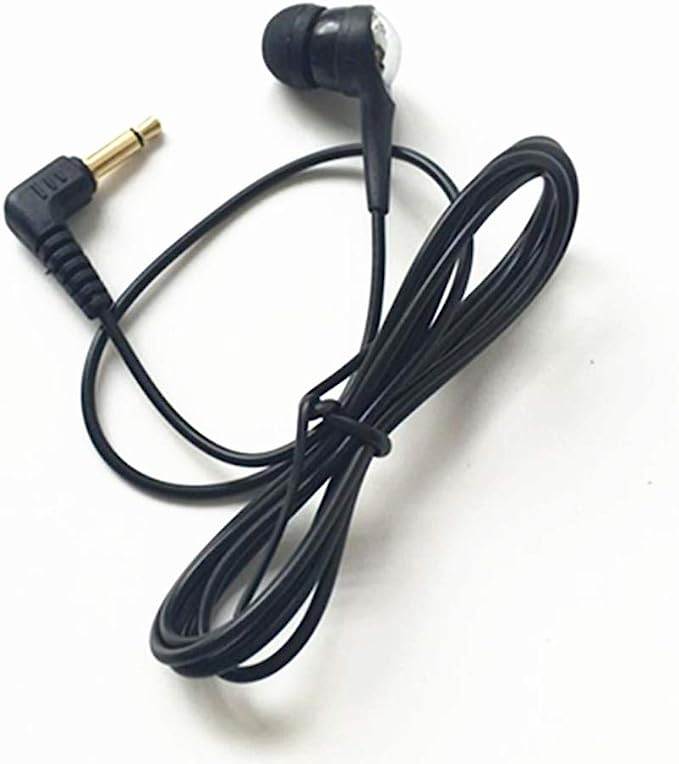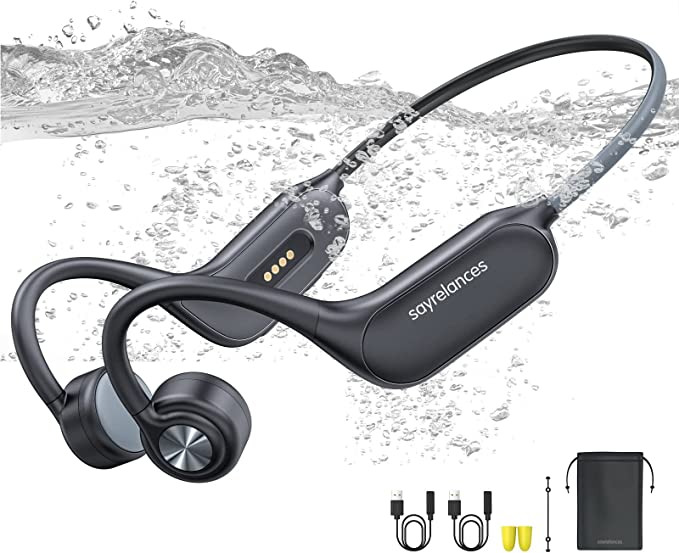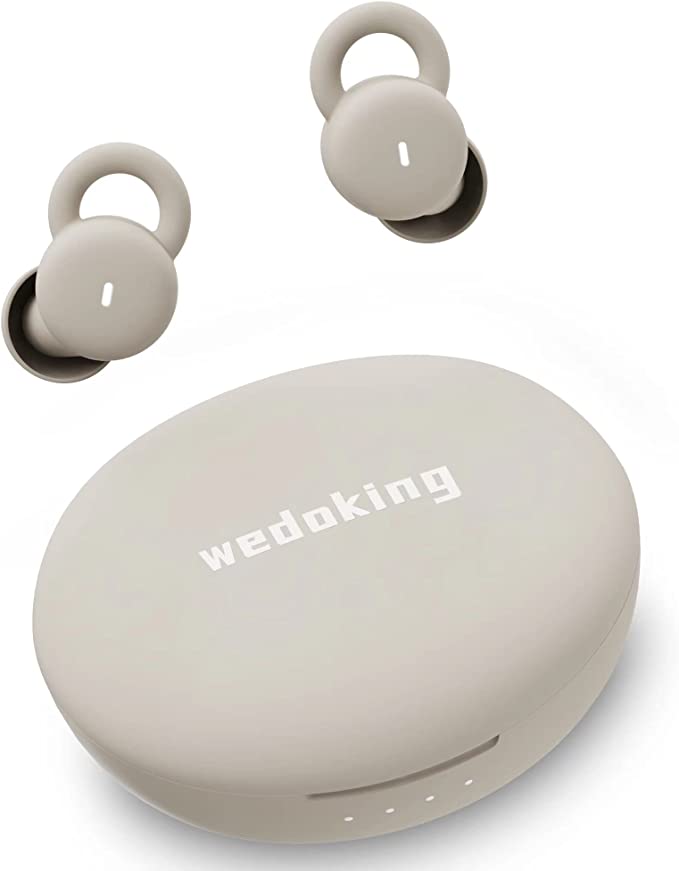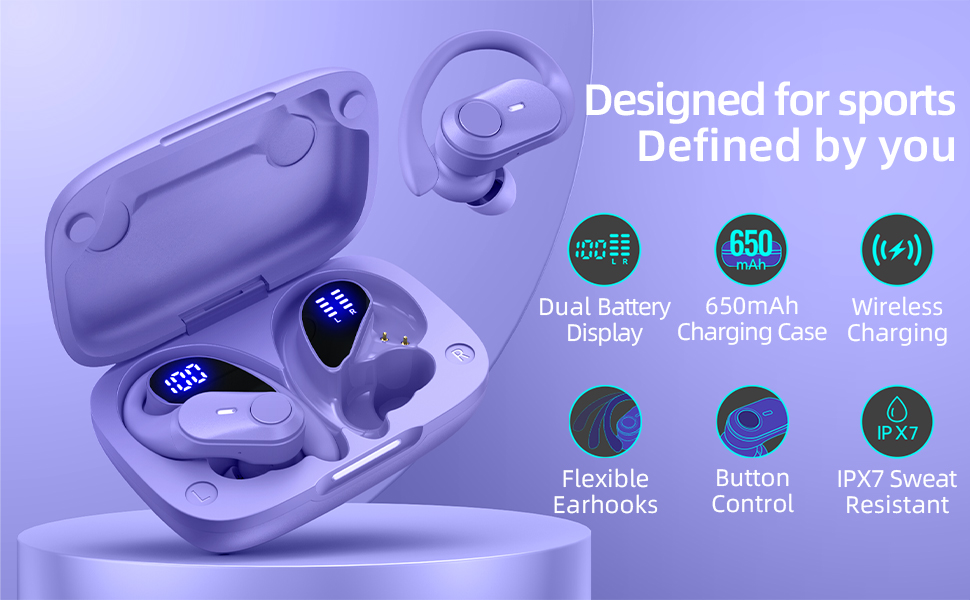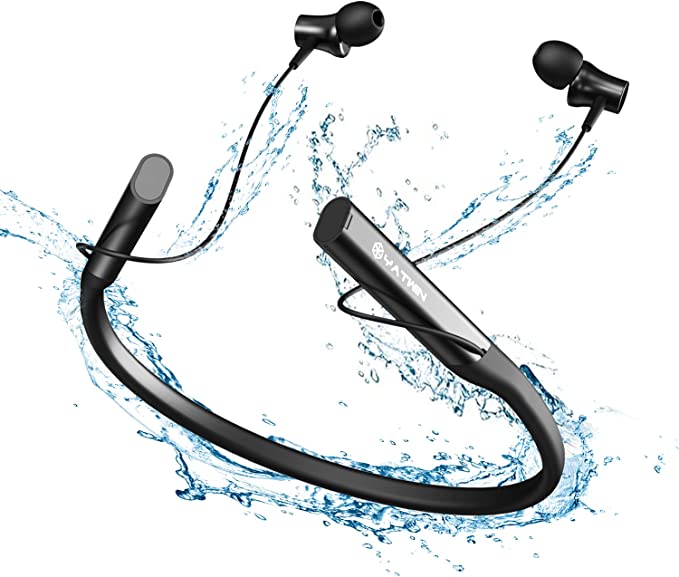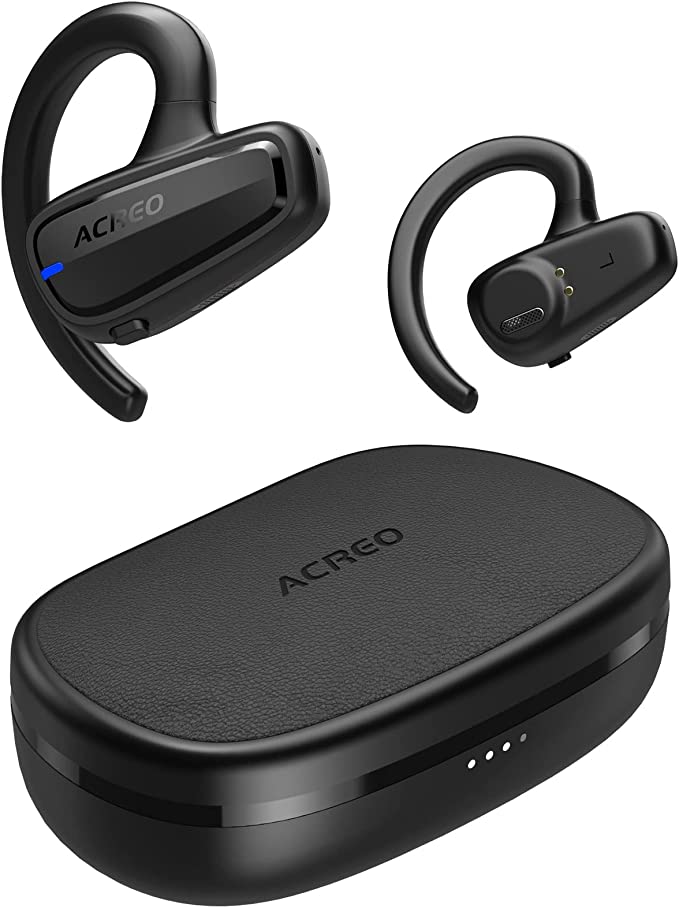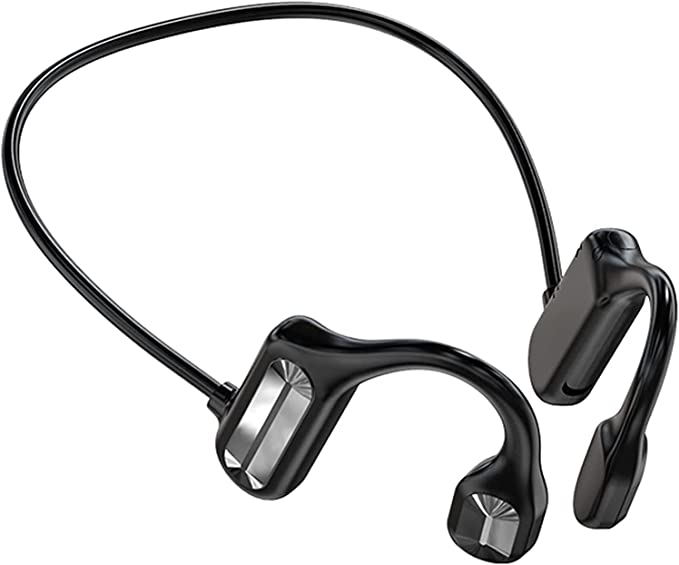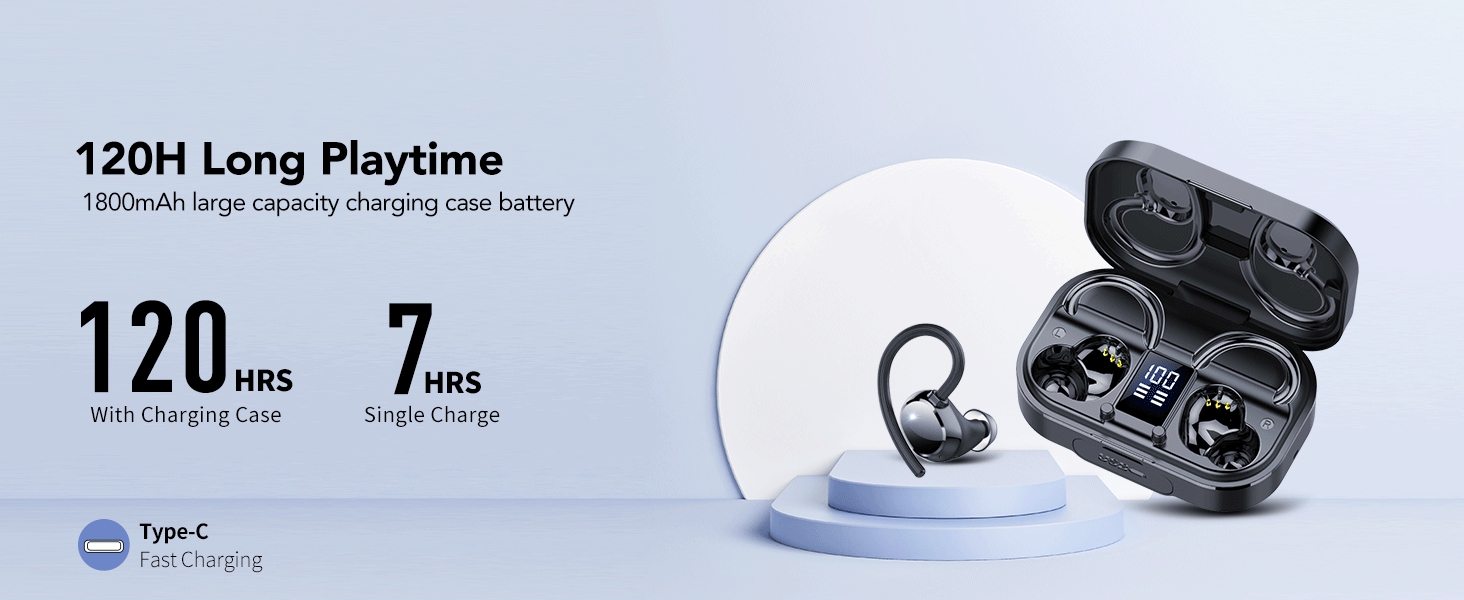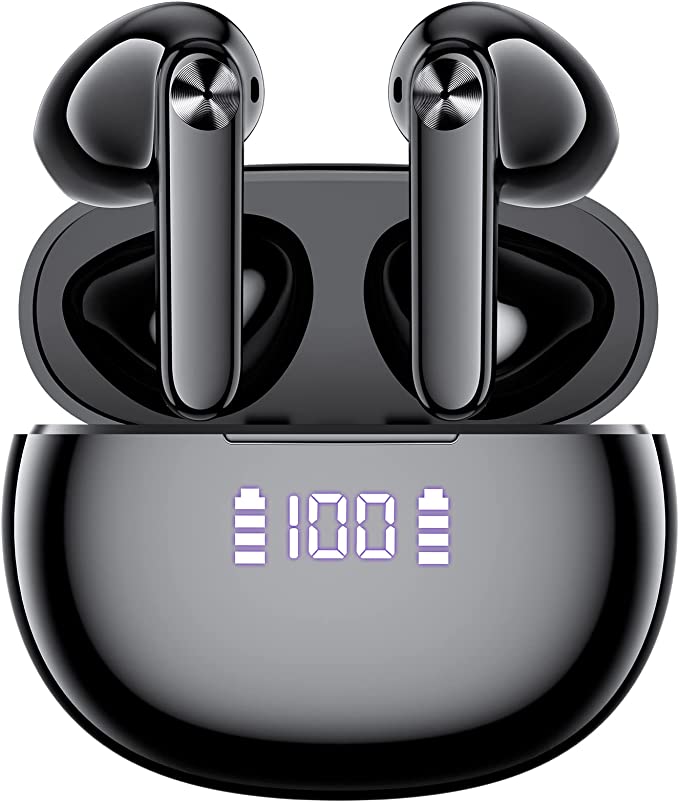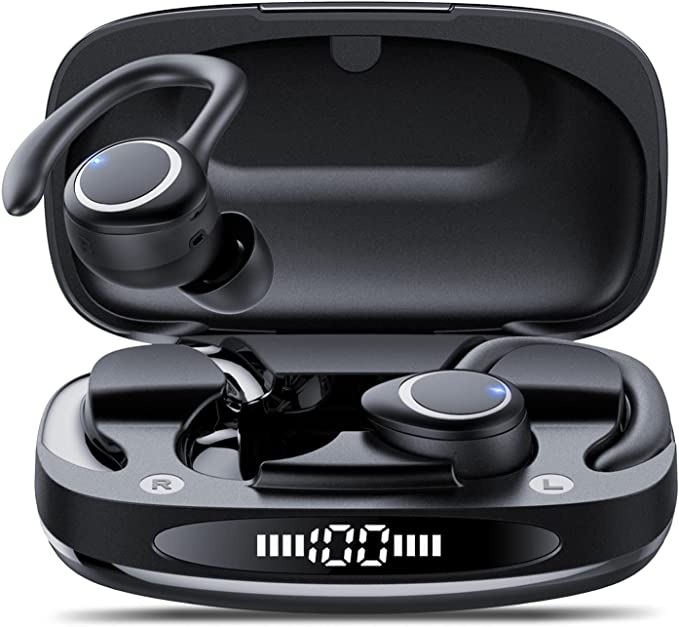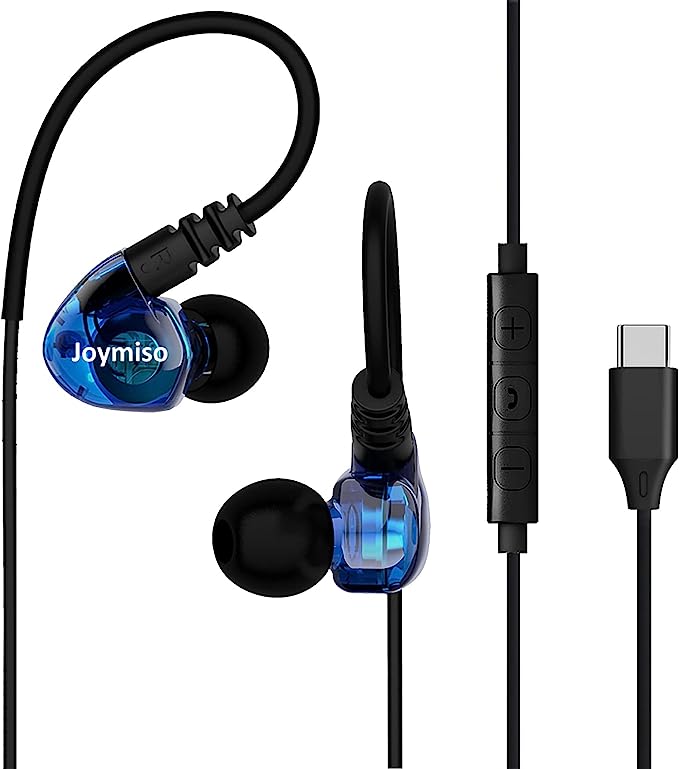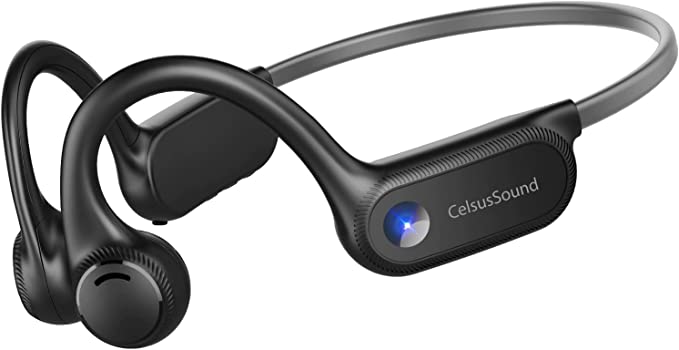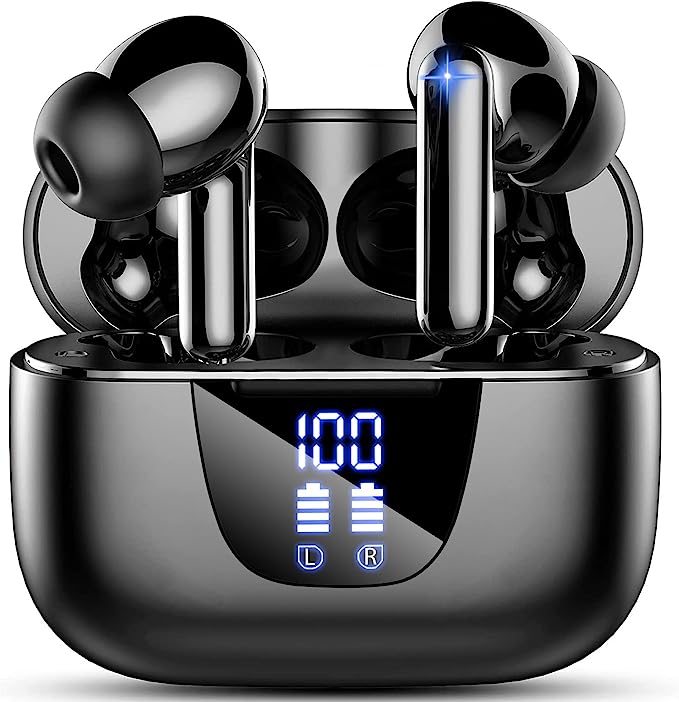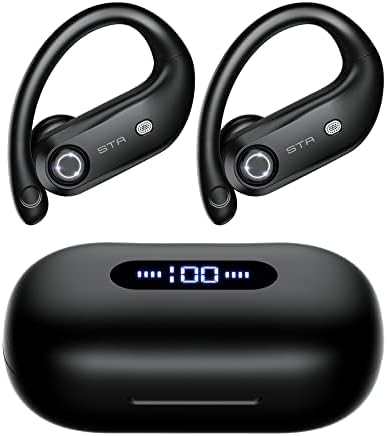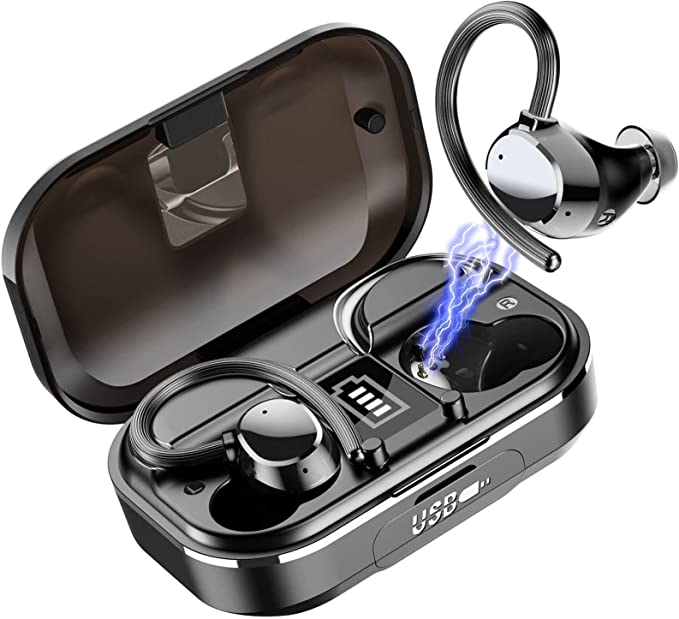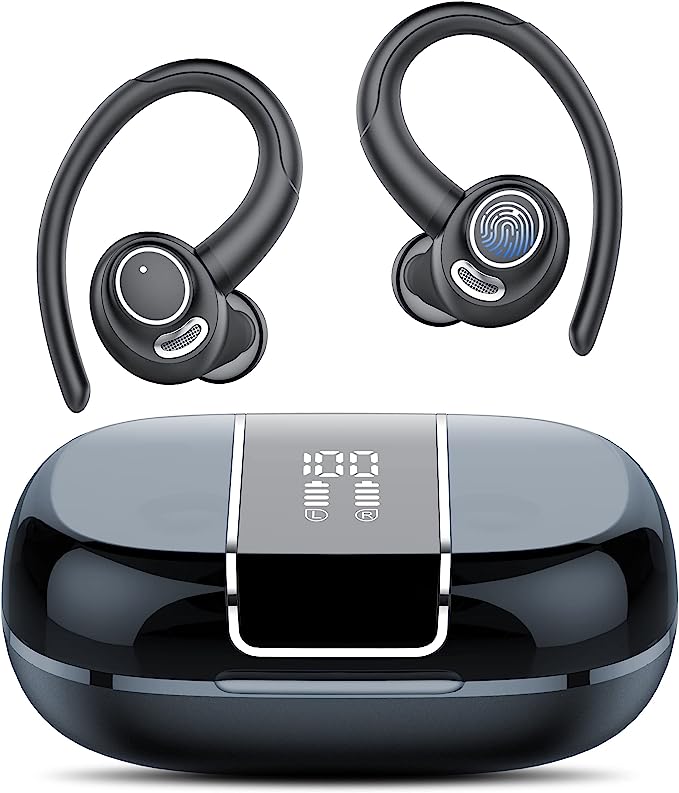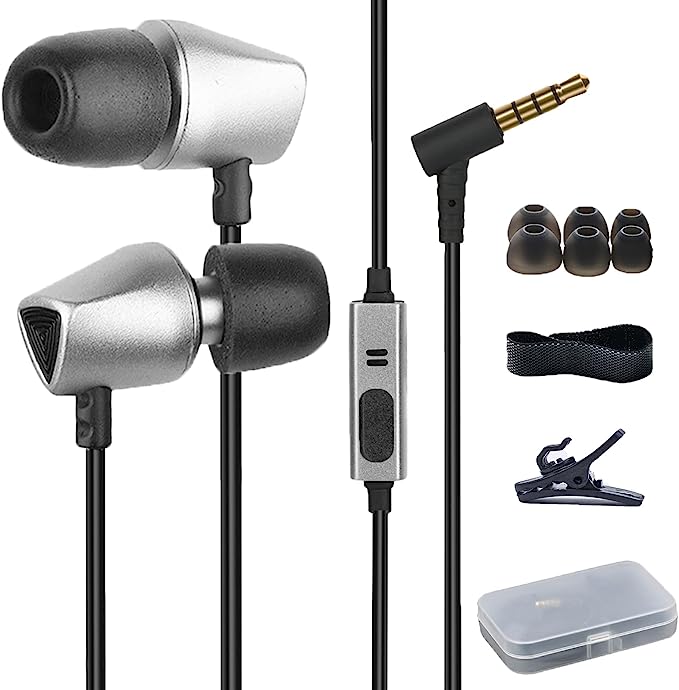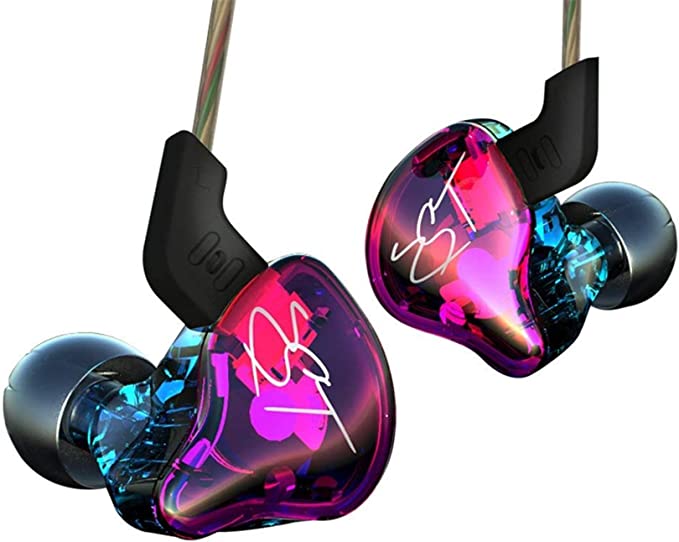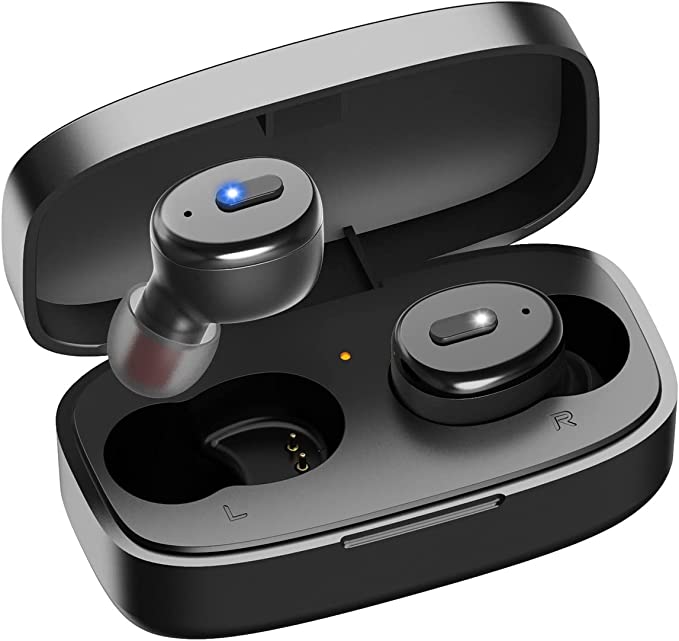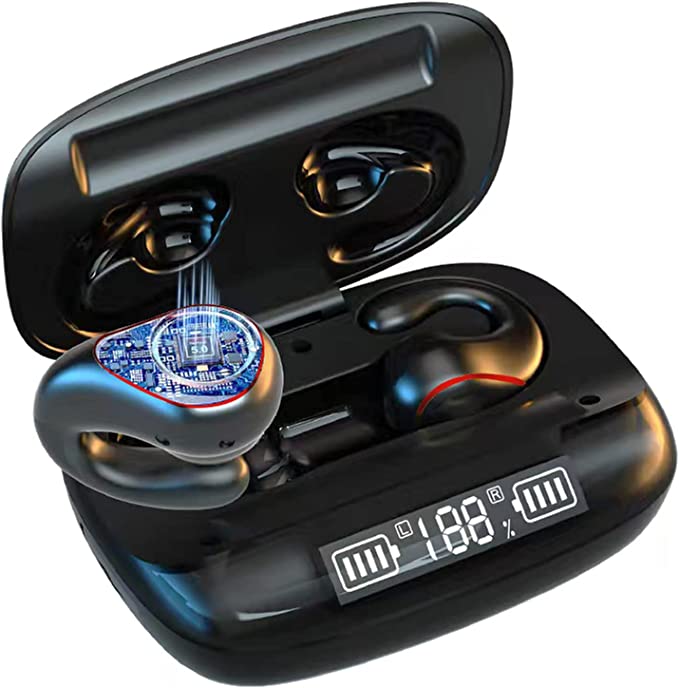kurdene P3+ Earbuds: A Deep Dive into the Science of Budget-Friendly Wireless Audio
Update on May 29, 2025, 5:41 p.m.
In an era where our lives are intricately woven with digital threads, wireless earbuds have quietly, yet profoundly, become a modern staple. Tucked into ears on bustling city streets, during focused workout sessions, or in the quiet hum of a daily commute, they deliver our personal soundtracks, connect us through calls, and offer a small pocket of auditory solitude. But beyond the sheer convenience, have you ever paused to wonder what intricate dance of science and engineering powers these tiny audio companions? What allows a remarkably affordable pair, like the kurdene P3+ Wireless Earbuds, to even exist, let alone perform?
Let’s embark on a journey, not just to review a product, but to use these $10-$15 earbuds (price varies, with the “Clear” model seen at $9.98 during deals, typically $14.99) as our “specimen.” We’ll gently peel back the layers, much like a curious botanist examining a common flower, to discover the often-unseen symphony of technology that makes accessible wireless audio a reality for millions across North America and beyond.

The Unbreakable Thread: Decoding Bluetooth 5.3 and Wireless Freedom
The very essence of “wireless” earbuds lies in their connection, a seemingly magical tether to our smartphones, laptops, or tablets. For the kurdene P3+, this connection is forged by Bluetooth 5.3. But what does that number truly signify?
A Brief Overture to Bluetooth
Before we zoom into version 5.3, it’s worth a moment to appreciate Bluetooth itself. Born in the late 1990s out of a consortium of tech companies (initially led by Ericsson), its rather poetic name harks back to Harald “Bluetooth” Gormsson, a 10th-century Danish king famed for uniting disparate Danish tribes. Just as King Harald united factions, Bluetooth technology was envisioned to unite devices, creating a universal standard for short-range wireless communication. From its early, sometimes clunky, iterations to the sophisticated versions we have today, Bluetooth has fundamentally reshaped how we interact with our tech, especially in personal audio. It operates in the 2.4 GHz ISM (Industrial, Scientific, and Medical) radio band, a slice of the radio spectrum also used by Wi-Fi, microwaves, and other devices, which makes interference management a key challenge that newer versions continuously address.
The Symphony of Stability – Bluetooth 5.3 in the P3+
Now, onto the “5.3” on the kurdene P3+’s spec sheet. Each iteration of Bluetooth brings enhancements, and version 5.3, while perhaps not a headline-grabbing leap like some of its predecessors (e.g., Bluetooth 4.0 introducing Bluetooth Low Energy), offers subtle yet crucial refinements that directly impact your daily listening experience. The product information for the P3+ claims it provides a “fast, reliable, and stable transmission.” Let’s see how Bluetooth 5.3 underpins this:
- Improved Channel Classification & Periodic Advertising Enhancements: This sounds rather technical, but the gist is that Bluetooth 5.3 devices are smarter about navigating that busy 2.4 GHz radio highway. They can more effectively identify and avoid channels that are prone to interference, leading to a more stable connection. Imagine trying to have a clear conversation in a noisy room; Bluetooth 5.3 is better at finding the quieter spots. This translates to fewer frustrating audio dropouts when you’re walking through a crowded area or when other wireless devices are active nearby. It also plays a role in reducing latency – that annoying delay between video and audio – which is crucial for watching movies or playing games.
- Connection Subrating & LE Power Control: These features contribute to Bluetooth 5.3’s efficiency. Devices can switch between high-duty and low-duty cycles more effectively, meaning they sip power when less bandwidth is needed and ramp up демократично when required. This intelligent power management is a key ingredient in how compact earbuds, with their necessarily tiny batteries, can offer hours of playback. The P3+’s claim of “continuous music and calling experiences” is partly built on this foundation.
- The “Digital Handshake” – Quick Pairing: While “One-Step Pairing” (as touted by the P3+) isn’t exclusive to Bluetooth 5.3, the underlying improvements in the Bluetooth stack make the initial pairing process and subsequent re-connections smoother and faster. Think of it as devices exchanging digital name cards more efficiently; once they know each other, recognition is almost instantaneous when the P3+ earbuds are taken from their charging case.
For the everyday user in North America, whether navigating the New York subway or jogging along a Californian beach, these technical nuances of Bluetooth 5.3 coalesce into a more dependable and seamless wireless experience. The goal, as the P3+ product page suggests, is “uninterrupted music and calling experiences.”

The Heart of the Sound: The 12mm Neodymium Driver and the Quest for “Hi-Fi” on a Budget
Sound, in its purest physical form, is vibration. The component tasked with creating these precise vibrations within an earbud is the driver. The kurdene P3+ boasts a “strong 12mm Neodymium magnet” driver. Let’s unpack what this means for the audio that reaches your ears.
Anatomy of a Sound-Maker
Imagine a miniature loudspeaker, shrunk down to fit comfortably within your ear. That’s essentially what an earbud driver is. The most common type in earbuds like the P3+ is a dynamic driver. It consists of a few key parts:
* A diaphragm: A thin, lightweight membrane that vibrates to create sound waves.
* A voice coil: A coil of fine wire attached to the diaphragm. When an electrical audio signal (representing your music) passes through this coil, it becomes an electromagnet.
* A magnet: A permanent magnet that creates a fixed magnetic field. The P3+ uses a Neodymium magnet.
The interaction is elegant: the fluctuating electrical audio signal causes the voice coil’s magnetic field to change rapidly. This changing field interacts with the permanent magnet’s field, causing the voice coil (and thus the attached diaphragm) to move back and forth at incredible speeds. These movements displace air, creating the sound waves that your eardrum picks up and your brain interprets as music, speech, or a podcast.
Neodymium’s Might
Why is “Neodymium” often highlighted? Neodymium (a rare-earth element) is used to make very powerful permanent magnets, significantly stronger than traditional ferrite (iron-based) magnets of the same size. In the constrained space of an earbud, a stronger magnet allows for:
* Better control over the diaphragm: This can lead to more accurate sound reproduction and quicker response to transients (sudden changes in music).
* Higher sensitivity: The driver can produce more sound output for a given amount of electrical power, which is beneficial for battery-powered devices.
* Potentially better bass response: The ability to move the diaphragm with more authority can help in reproducing lower frequencies.
The 12mm Canvas
The “12mm” refers to the diameter of the driver. Generally, a larger driver diaphragm has the potential to move more air, which can be advantageous for producing a fuller sound, especially in the bass and lower-midrange frequencies. For in-ear designs, 12mm is a fairly generous size, contributing to the P3+’s claim of delivering “deep bass.”
The “Hi-Fi” Conundrum on a Shoestring Budget
The kurdene P3+ product page promises “Hi-fi Stereo Sound,” defined as “a loud sound, deep bass, clear mid-range, balanced treble, and high definition.” “Hi-Fi,” or High-Fidelity, is a term that, in its truest sense, means the audio reproduction is exceptionally faithful to the original recording, with minimal distortion, noise, or coloration. Achieving this level of purity is the holy grail of high-end audio, often involving expensive components and meticulous engineering.
So, what does “Hi-Fi” mean when associated with a $10-$15 pair of earbuds? It’s more of an aspirational goal and a descriptor of intent rather than a guarantee of audiophile-grade performance. In this context, “Hi-Fi” suggests that the manufacturer has aimed to deliver a sound signature that is:
* Clear and intelligible: You can discern vocals and instruments without them sounding overly muddy or muffled.
* Reasonably balanced: No single part of the frequency spectrum (bass, mids, treble) excessively overwhelms the others. The P3+ mentions “clear, well-balanced audio.”
* Enjoyable for general listening: The sound is engaging for popular music, podcasts, and calls.
It’s crucial to set realistic expectations. While the 12mm neodymium drivers in the P3+ provide a solid foundation, the overall sound quality will also be influenced by factors like the earbud housing acoustics, the quality of the digital-to-analog converter (DAC) in the Bluetooth chip, and the tuning choices made by the engineers. The aim for budget earbuds is to hit a sweet spot of pleasant, competent sound for everyday use, and user reviews for the P3+, like Isabela’s “Perfect product and very cheap” or Roger J. Alan’s “Works Great,” suggest that for many, this goal is met for the price.

The Embrace of Comfort: Ergonomics, Liquid Silicone, and the Sanctuary of Passive Isolation
An earbud can sound fantastic, but if it’s uncomfortable, its technological marvels are moot. The kurdene P3+ product page highlights its “Personalized Fit for Comfy Wearing,” noting that “Every surface that comes into contact with your ear is composed of liquid silicone instead of hard plastic.”
The Science of a Perfect Fit
Our ears are incredibly diverse in shape and size – as unique as fingerprints. This is why a “one-size-fits-all” approach to earbud design often leads to discomfort or a poor acoustic seal for many. Good ergonomic design in earbuds considers:
* The angle of the nozzle: The part that enters your ear canal should align naturally.
* The weight distribution: Lightweight designs, as claimed for the P3+ (“ultra-lightweight Craft”), reduce strain during long listening sessions.
* The material of the ear tips: This is where liquid silicone comes in.
Liquid Silicone’s Gentle Touch
Liquid Silicone Rubber (LSR) is a high-purity, platinum-cured silicone known for its excellent flexibility, durability, and biocompatibility (it’s often used in medical devices). Compared to harder plastics or even some standard silicone ear tips, LSR can offer:
* A softer, more pliable feel: It conforms more readily to the contours of the ear canal.
* Better sealing properties: A good seal is vital, not just for comfort but also for sound quality (especially bass response) and passive noise isolation.
* Hypoallergenic properties: Less likely to cause skin irritation for most users.
The P3+ provides three sizes of these liquid silicone ear caps (S, M, L). This is not a trivial inclusion; finding the right size is paramount. An ear tip that’s too small will result in a loose fit, sound leakage (thin bass), and poor isolation. One that’s too large can cause pressure and discomfort. Experimenting with these sizes is key to unlocking both comfort and the P3+’s optimal sound performance.
Your Personal Sound Booth – The Power of Passive Noise Isolation
One of the significant benefits of a well-fitting in-ear earbud is passive noise isolation. This isn’t the same as Active Noise Cancellation (ANC), which uses microphones and electronics to actively counteract external sounds. Passive isolation is simpler but effective: the earbud itself, particularly the silicone tip sealing the ear canal, acts as a physical barrier, much like an earplug.
This physical blockage significantly reduces the intrusion of ambient sounds – the drone of an airplane engine, the chatter in an office, or the rumble of traffic. For the P3+ user, this means you can enjoy your music or podcast at lower, safer volume levels because you’re not constantly battling external noise. It creates a more immersive listening experience, allowing you to focus on the audio content. The kurdene P3+ page notes this design provides “comfort, stability, and passive noise cancellation by distributing pressure over your ear, fit for stress-free all-day comfort.”
The Clarity of Connection: Navigating Call Quality with “In-Ear Call Noise Canceling”
For many, earbuds are not just for music; they are indispensable tools for communication. The kurdene P3+ is described as having “Microphone in-Ear Call Noise Canceling Bluetooth Headphones.” Understanding this feature requires a bit of nuance, especially in budget-friendly devices.
The Challenge of Being Heard
Capturing clear voice in a tiny earbud, which might be several inches from your mouth and contending with various environmental noises, is a significant engineering challenge. The quality of the built-in microphone(s) and the processing applied to the microphone signal are crucial.
Decoding “Call Noise Canceling”
It’s important to distinguish “Call Noise Canceling” from the Active Noise Cancellation (ANC) that silences the world for the listener. Call Noise Canceling, often referred to as uplink noise reduction or environmental noise cancellation (ENC) for microphones, is about making your voice clearer to the person on the other end of the call. Common techniques include:
* Microphone placement: Strategically positioning microphones to better capture the user’s voice while minimizing pickup of ambient sounds. Some more advanced (and typically more expensive) earbuds use multiple microphones per earbud to create beamforming patterns that focus on the voice.
* Signal processing algorithms: Software that analyzes the microphone input and attempts to identify and suppress steady background noises (like an air conditioner hum or traffic rumble) while preserving the voice.
The P3+ product information claims it delivers “clear, well-balanced audio and sound quality for call and music” and its Bluetooth 5.3 offers “noise cancellation” for calls. However, user feedback on the product page presents a mixed picture regarding call quality. While some find it adequate, reviews from users like Carlita (“I couldn’t understand a word it was so muffled”) and Laura (“They all say I sound like I’m underwater”) highlight that this is an area where budget earbuds can sometimes struggle.
The science behind this is that high-quality microphones and sophisticated noise-reduction processing chips add cost. In budget-constrained designs, compromises in these areas are common. Factors like a single, less sensitive microphone, or simpler noise reduction algorithms, can lead to the muffled or distant-sounding voice quality reported by some users. This doesn’t negate the P3+’s value for music listening or for calls in quiet environments for some users, but it underscores a typical performance trade-off in this product category.
The Whispers of Command: The Simplicity of Smart Touch Controls
Interacting with our earbuds shouldn’t require fumbling for our phones. The kurdene P3+ incorporates “Smart Touch Control,” allowing users to manage playback and calls with simple taps.
Beyond the Button: The Technology of Touch
Instead of traditional physical buttons that click (and can sometimes uncomfortably shove the earbud deeper into your ear canal), many modern earbuds, including the P3+, use capacitive touch sensors. Here’s a simplified idea of how they work:
* The surface of the earbud designated for touch has a conductive layer that maintains a very small electrical charge, creating an electrostatic field.
* Your fingertip, being electrically conductive, can draw a tiny amount of current when it comes close to or touches this surface.
* This minute change in capacitance (the ability to store an electric charge) is detected by a microcontroller within the earbud.
* The microcontroller then interprets different patterns of touch (a single tap, a double-tap, a long press) as specific commands – play/pause, skip track, answer/end call, as listed for the P3+.
A Lighter Touch, Greater Convenience
The primary advantage, as the P3+ page notes, is that touch controls can “significantly reduce the strain on your ears when you push the button for various tasks.” It’s a more elegant and often more comfortable way to interact with your device. For users on the move, whether exercising or carrying groceries, the ability to manage audio and calls with a quick, light tap on an earbud is a significant convenience.

The Unseen Endurance: Battery Life, the Charging Case, and the Type-C Standard
No matter how great earbuds sound or feel, they’re useless if their battery is dead. The kurdene P3+ offers a fairly standard battery life promise for its category: “up to 4 hours” of listening on a single earbud charge, with the “little charging case” providing an “additional 30 hours.”
Powering the Performance: The Earbud’s Stamina
The “up to 4 hours” playback is a result of a delicate balance:
* Battery Capacity: The physical size of the lithium-ion (or lithium-polymer) battery cell within each earbud is tiny, dictating its raw storage capacity (measured in milliampere-hours, or mAh).
* Component Efficiency: The power consumption of the Bluetooth chip, the digital-to-analog converter (DAC), the amplifier, and the drivers themselves all play a role. Bluetooth 5.3’s power efficiency helps here.
* Usage Factors: Listening volume is a major determinant – higher volumes drain the battery faster. The complexity of the audio being played and even the wireless signal strength can also have minor impacts.
The Pocket Powerhouse: The Charging Case Lifeline
The charging case is more than just a storage box; it’s a portable power bank specifically for your earbuds. It contains a larger battery (its capacity also measured in mAh). When you place the P3+ earbuds into their case, electrical contacts align, and the case recharges the earbuds. The “additional 30 hours” means the case holds enough charge to replenish the earbuds multiple times (e.g., if the earbuds provide 4 hours, the case could recharge them roughly 7-8 times). This “on the go” recharging capability is what makes true wireless earbuds genuinely practical for all-day, or even multi-day, use without needing to find a wall outlet.
The Universal Convenience of Type-C
The P3+’s charging case uses a “type-c cord.” The advent of USB Type-C as a charging standard for consumer electronics has been a welcome development. Its key benefits include:
* Reversible Connector: No more fumbling to plug it in the right way.
* Higher Power Delivery Potential: While not always fully utilized by small devices, Type-C can support faster charging.
* Consolidation: Many modern phones, laptops, and other gadgets use Type-C, meaning you might be able to carry fewer different cables.
For the P3+ user, this battery system means they can “listen to [their] favorite music with [their] wireless earphones” for extended periods, whether on a long flight, a weekend trip, or just throughout a busy work week, before needing to recharge the case itself.

Coda: The Democratization of Sound – Technology, Value, and the Informed Listener
The kurdene P3+ Wireless Earbuds, in their unassuming and highly affordable package, offer a fascinating window into the world of modern consumer electronics. They stand as a testament to the rapid democratization of once-premium technologies. Features like Bluetooth 5.3, serviceable dynamic drivers with neodymium magnets, capacitive touch controls, and the convenience of a Type-C charging case are no longer the exclusive domain of high-priced gear. They are filtering down, making a richer, more connected audio experience accessible to a vastly wider audience.
This accessibility, however, comes with an implicit understanding of trade-offs. As seen in some user feedback regarding the P3+’s Bluetooth range or call clarity in noisy environments, budget-friendly designs inherently involve engineering compromises to meet their price point. The most expensive, cutting-edge components and the most exhaustive research and development are typically reserved for flagship products.
Yet, to dismiss such products would be to miss the bigger picture. The true value of earbuds like the P3+ lies not in an attempt to outperform premium alternatives across every metric, but in their ability to deliver a genuinely useful and enjoyable core experience for a fraction of the cost. They open doors for students on tight budgets, for individuals trying wireless audio for the first time, or simply for anyone needing a reliable, no-frills pair of earbuds for everyday tasks.
By understanding the science behind the specifications – what Bluetooth 5.3 actually does, how a driver creates sound, why a good fit matters – we become more informed consumers. We can look beyond marketing buzzwords, appreciate the engineering ingenuity (even in simple forms), and make choices that align with our real needs and expectations. The journey of the kurdene P3+, from its basic components to the sound that fills your ears, is a small but compelling chapter in the ongoing story of how technology continues to shape, and enrich, our daily lives, often in the most surprisingly affordable ways. It’s a reminder that sometimes, the most profound symphonies are the unseen ones, playing out in the everyday marvels we carry in our pockets.

